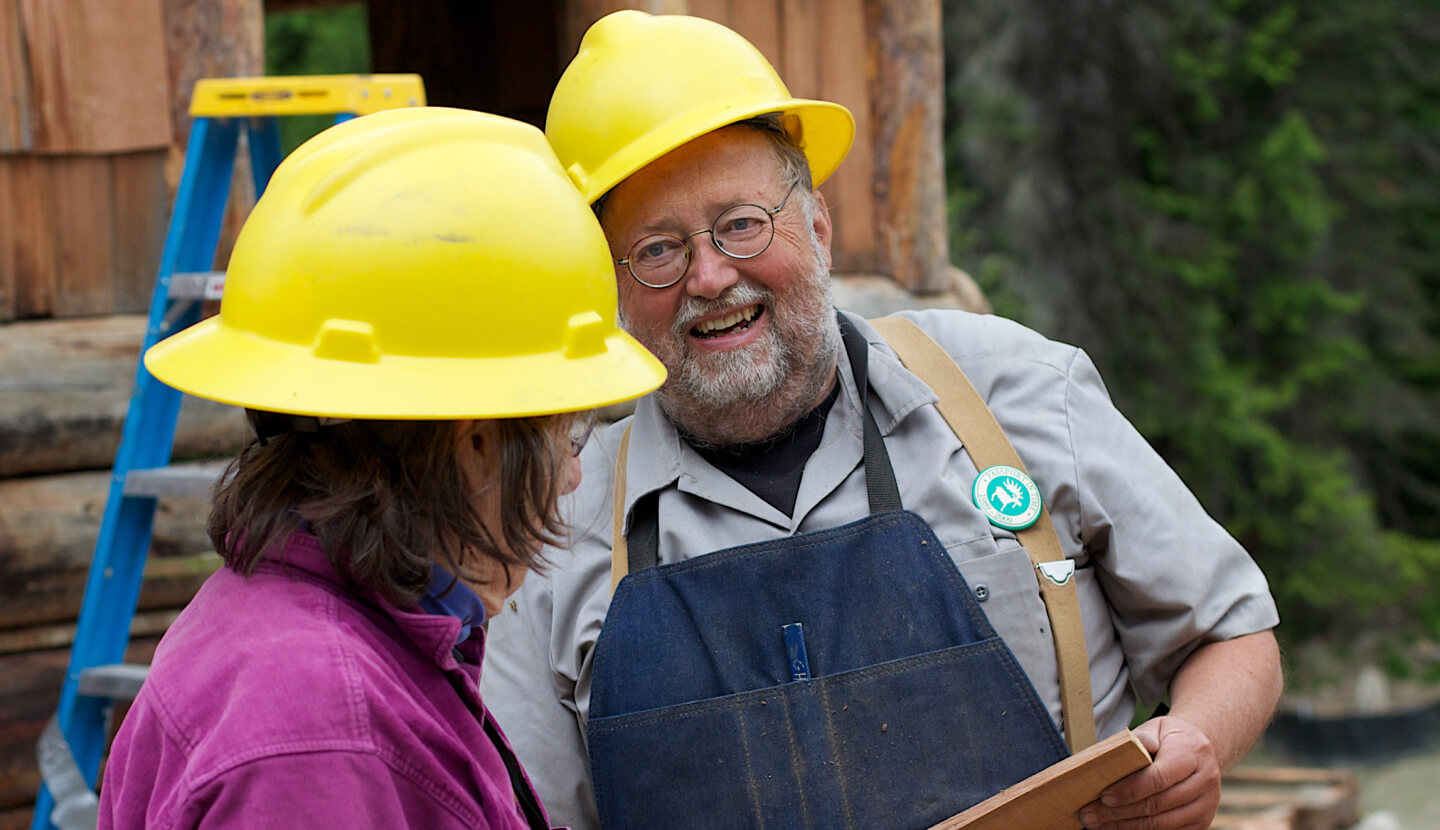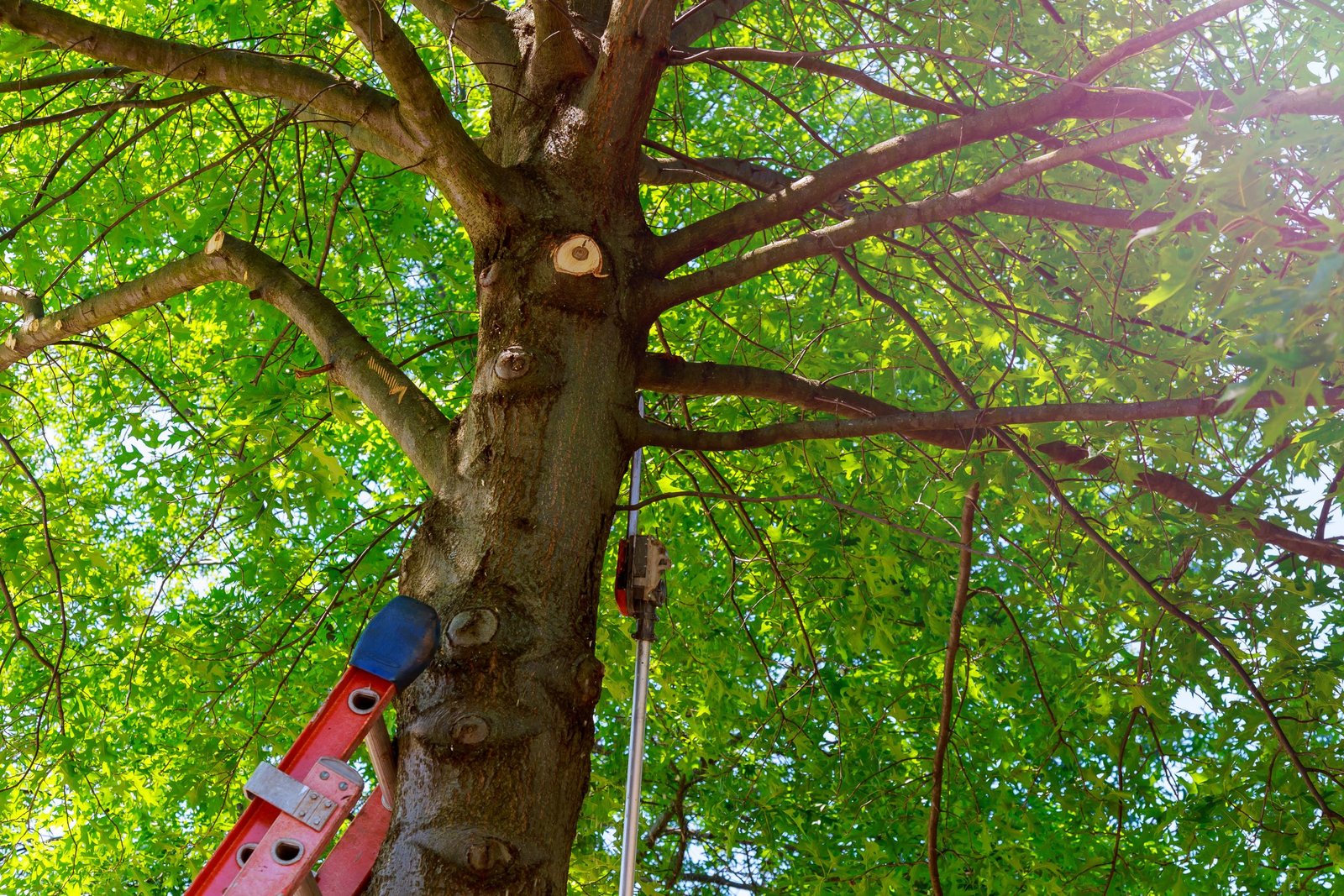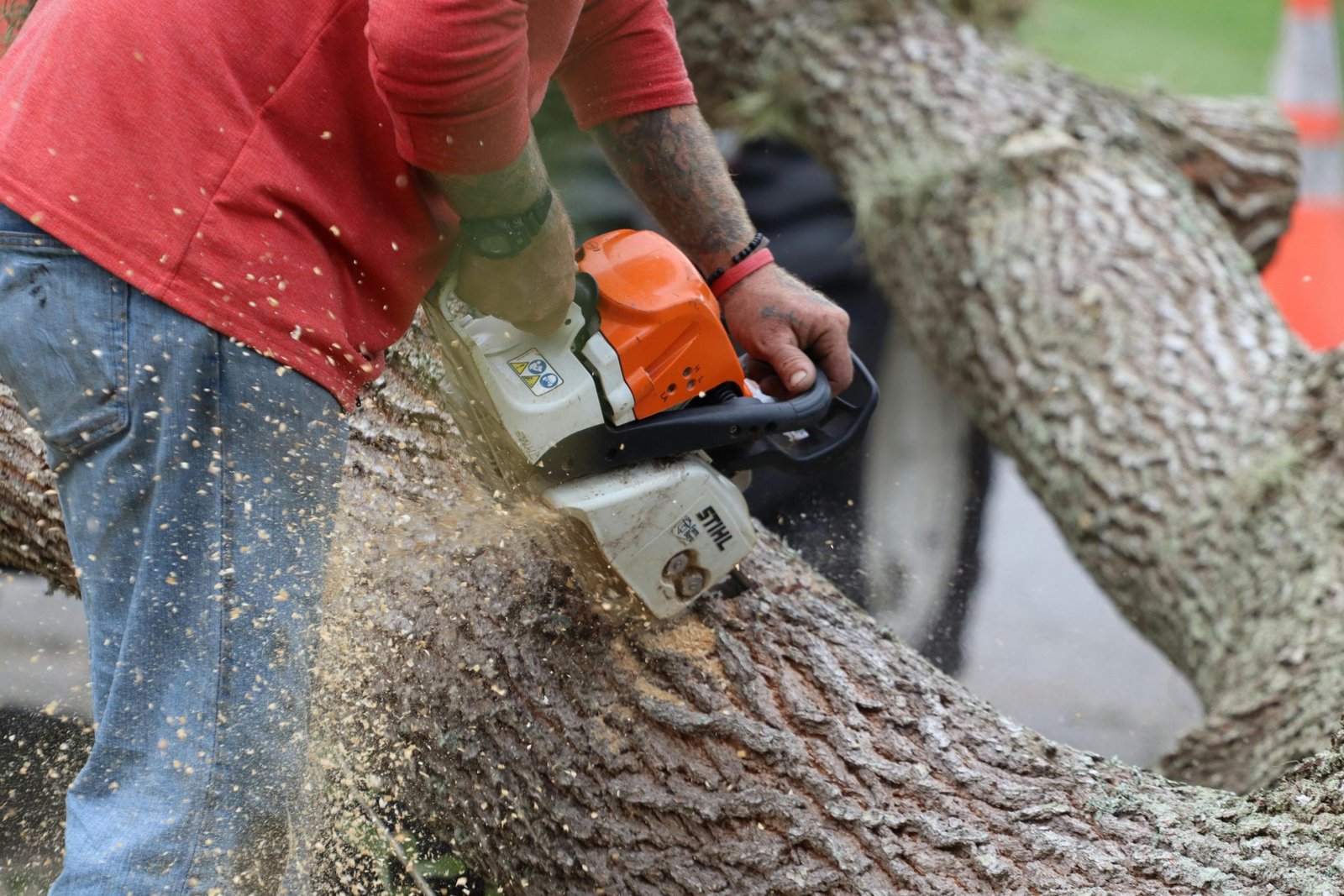Did you know that a single mature tree can absorb up to 48 pounds of carbon dioxide? Yes, that is true. Every year, it absorbs and releases enough oxygen to support two humans. This shows the critical role of trees in our environment. Despite this knowledge, tree removal has become increasingly common in urban landscapes. Property owners remove it for construction and safety concerns. Yes, tree removal is sometimes necessary. However, it has some environmental consequences that are often overlooked. In this blog, we are going to explore the impact of removing trees and what sustainable alternatives people can opt for to maintain the ecological balance.
The Role of Trees in Our Environments
First, to understand the impact of cutting down trees, one should understand how important trees are and what role they play in our environment. Trees act as natural air filters. They store carbon and cool our cities. Their canopies also serve as a habitat for birds and mammals.
This balance is disturbed when a tree is removed. The loss is not just visual. It affects microclimates and even public health. By opting for tree removal services, property owners actually contribute to an increase in local temperatures and worsen airborne pollution.
Why Tree Removal Happens
There are valid reasons for removing a tree. Diseased or dead trees pose safety hazards, while invasive species can damage native flora. Moreover, often development projects leave no other choice. But often, trees are removed prematurely.
The problem arises when removal becomes a default solution. Urban areas are losing tree cover at an alarming rate. Many cities are reporting net canopy loss. Residents usually disregard the importance of native spaces and fail to plan properly.
The Carbon Footprint of Removing Trees
Tree removal not only eliminates a carbon sink but generates new emissions. The process of cutting and transporting trees consumes fossil fuels. The stored carbon is also released back into the atmosphere due to the decomposing wood. If the land is later developed, it continues to produce heat islands and runoff issues.
Removing one mature tree may seem harmless. But multiply that by hundreds or thousands across cities? The cumulative impact is serious. It directly contributes to climate change and ecological imbalance.
Impact on Wildlife and Biodiversity
Even removing a single tree can affect biodiversity hotspots. It takes decades for new trees to provide the same kind of benefits. Moreover, wildlife corridors are broken as many animals rely on trees for food and shelter. Species like birds and squirrels get displaced. Even fungi suffer from the absence of mature trees. Some pollinators and insect populations collapse without supported ecosystems.
Soil and Water Management Disruption
The root systems of trees help hold soil together and filter water. Removing trees leads to increased soil erosion. Especially on slopes or near water bodies. Without trees, rainwater runs off faster and carries pollutants into water bodies.
Urban development without tree buffers leads to flooding and water pollution. The exposed soil loses nutrients quickly, which degrade the land’s fertility and contribute to desertification in extreme cases.
Urban Heat Island Effect
Urban heat island effect is caused when trees are removed more important. Trees provide shade and cool the air. Through transpiration, they act as air conditioners in hotter areas.
According to research, it has been proven that areas with less amount of trees can be 5 to 15 degrees Fahrenheit hotter in comparison to areas that have healthy canopies. As the temperature increases, more energy is consumed, thereby posing health risks during heatwaves.
Sustainable Alternatives to Tree Removal
Tree removal is not required for every single tree out there. You can make use of eco-conscious alternatives that you can opt for without compromising value:
1. Pruning
Certified arborists can easily identify which limbs are posing danger. By pruning them one can reduce wind load and improve the tree’s stability. This makes it safe without cutting the tree entirely.
2. Transplanting Trees
If removal is necessary, tree relocation is a viable option. For this, specialized equipment and care are needed. But it allows the tree to continue to thrive in a new location.
3. Urban Planning with Trees
City planners and developers design around existing trees by using bioswales and green roofs. This helps to preserve tree cover and enhance both its function and aesthetics.
4. Planting Native Trees Species
If you have to replant, choose native tree species. More suitable for your landscapes and easy to maintain.
5. Vertical and Rooftop Greening
For limited areas, vertical gardens and rooftop trees are the best choice to opt for. This is not a full replacement for ground-rooted trees but they still contribute to air quality and habitat creation.
The Importance of Arborist Consultation
A key aspect of tree management is expert evaluation. By assessing tree health, arborists can design customized tree plans. By using non-invasive testing methods to detect disease they help to catch issues which can be treated as soon as possible.
Before deciding to remove a tree, consult with an arborist. They check the health of your tree and get you the tree removal permit. If the problem can be solved by preventative care and soil conditioning, they will let you know that as well.
Public Policy and Community Action
Protected trees play a great role in our environment. To get maximum benefits, everyone should participate in preserving trees. Cities that enforce tree protection bylaws or offer incentives see better outcomes in urban canopy health. Tree-planting drives can be initiated in societies and communities. This can help educate residents and advocate for green spaces.
Conclusion
Tree removal may sometimes be necessary. But its environmental impact is undeniable. Their absence brings harm. Not only do they increase carbon emissions but they also disrupt water cycles. If you understand these problems and choose other eco-friendly options, you can make your landscapes not only healthy but thrive in the long run.
Looking for professional help? Contact our arborists from BX Tree Service to maintain your landscapes. We have the technical know-how of tree cutting regulations to provide our customers with responsible and safe solutions.






